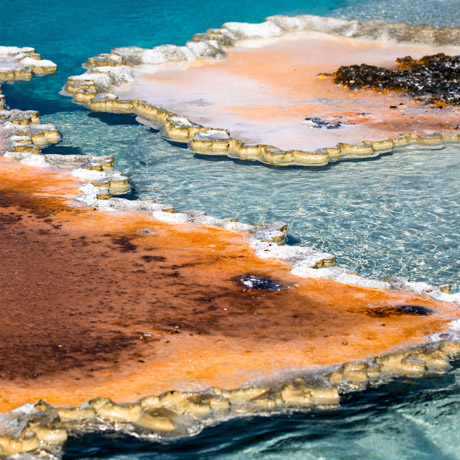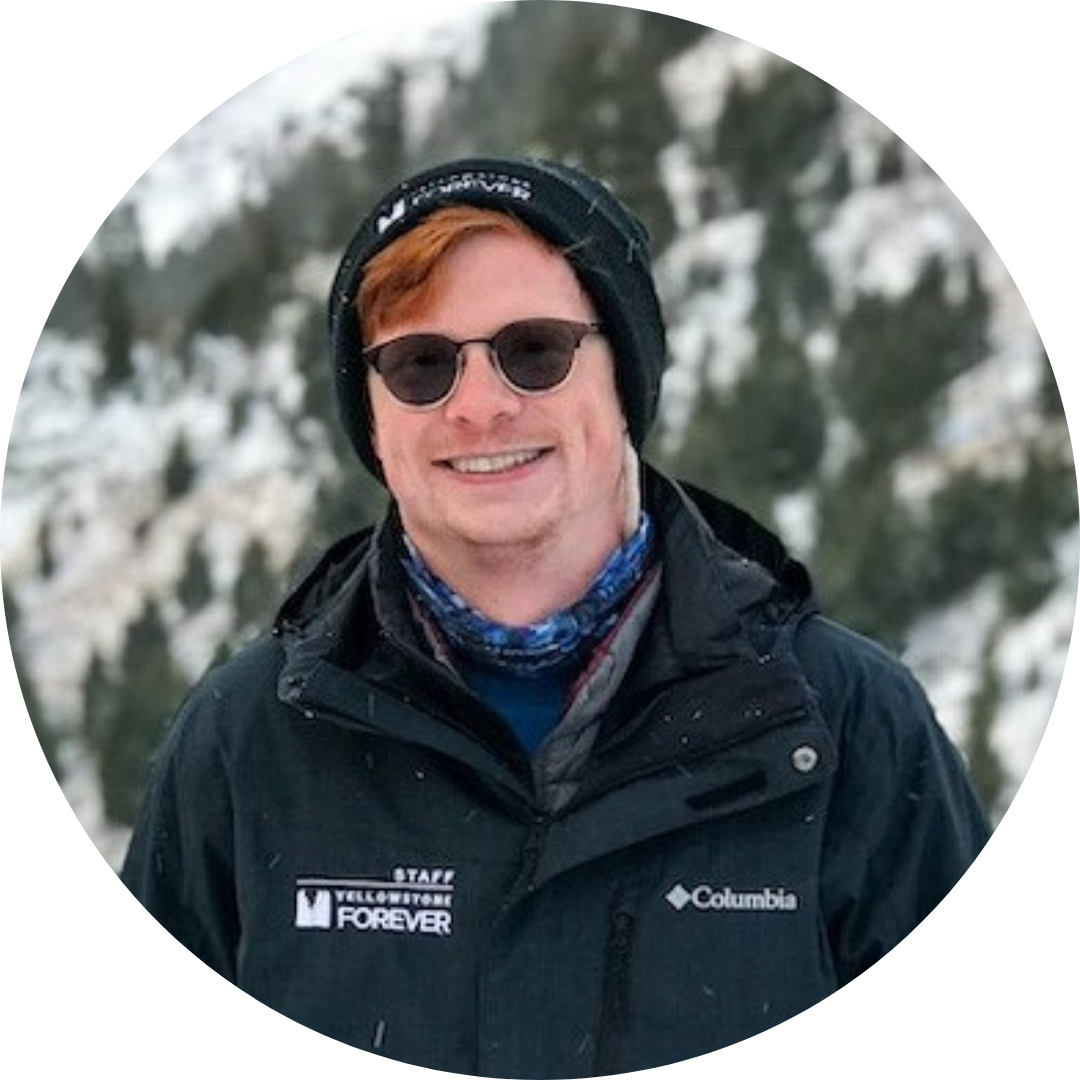Microbial Diversity of Yellowstone Hot Springs
June 1 - 2
Gardiner, Montana
No
Eric Boyd, Ph.D.
18+
Field Seminars
Among the major outstanding questions facing humanity is how life originated on Earth and whether we are alone in this universe. Hot springs and their microbial inhabitants provide unique insight into both of these intriguing questions. This field seminar will introduce you to the Yellowstone super volcano and how it creates conditions similar to those that likely supported life on early Earth and how similar volcanic hydrothermal systems might support extraterrestrial life.You will explore the subsurface geological processes that generate the dynamic hydrothermal system in Yellowstone, including its >10,000 surface springs, fumaroles, geysers, and mudpots. You will learn basic information of how the Yellowstone supervolcano and hydrothermal system function, how geochemical variation is generated across hot springs (acidic versus basic), how this shapes the distribution of microbial life in hot springs, and how this informs our understanding of the processes that supported life on early Earth or that may support life on another planet. The patterns that are identified from the above information will be used to develop an ability to predict hot spring geochemistry (temperature, pH, sulfur content) and the types of microorganisms that inhabit those springs using basic sensory functions such as sight and smell. This information will then be used to predict the metabolic processes that allow microorganisms to survive in these extreme environments and how such processes set the stage for advanced life to develop on Earth. Further, you will discover adaptations that enable the most extremophilic microbes on planet Earth, the Archaea, to thrive in boiling sulfur springs with pH values as low as battery acid. The above framework of knowledge will be generated through a powerpoint presentation/discussion the night preceding our field day. You will then have an opportunity to "test" their ability to predict the pH, temperature, and chemical composition of hot springs and the processes that support microorganisms living in those hot springs by taking a guided field trip along the Upper Geyser Basin and Mud Volcano or Norris Geyser Basin boardwalks (specific locations to be determined), areas that exemplify major geological processes that underpin geochemical and microbial variation in hot springs. Finally, the pattern and prediction framework discussed during this field seminar will be used as a focal point for in field discussions of our search for life in our solar system. You will leave the field seminar with an appreciation for the variation of hydrothermal features preserved in Yellowstone, how such chemical and mineralogical variation (colors) are generated, and how microorganisms contribute to the generation of this variation. Further, you will gain a first-hand understanding of the extremophilic microorganisms that inhabit Yellowstone hot springs and why NASA (and other funding agencies) invest in this research as the agency seeks to fulfill its mission of detecting life in the solar system.
About the instructor
Dr. Eric Boyd is a Professor of environmental microbiology in the Department of Microbiology and Cell Biology at Montana State University in Bozeman, Montana. For the past 20+ years, Dr. Boyd has been studying the microbiology and geochemistry of hot springs in Yellowstone National Park to develop new understanding of the processes that support microbial life in high temperature enviornments. He as authored >160 scientific articles on extremophilic microorganisms and currently mentors three postdoctoral scholars and six doctoral students with diverse funding from the National Science Foundation, NASA, the Department of Energy, and the W.M. Keck Foundation. Dr. Boyd grew up with a fascination of minerals and microorganisms. Yet, it was not until he was an undergraduate student that he learned that microorganisms can breathe minerals, including those minerals that give hot springs their vivid yellow, orange, and red colors. He quickly exchanged his aspiration for a career in orthopaedic medicine to one in environmental microbiology and has never looked back. Dr. Boyd lives in the railroad town of Livingston, Montana with his wife and two dogs. When he is not busy with his research, Dr. Boyd can often be found hiking trails in and around the Greater Yellowstone Ecosystem with his wife and two dogs.
Download Program Information:
Microbial Diversity of Yellowstone Hot Springs Course Letter






